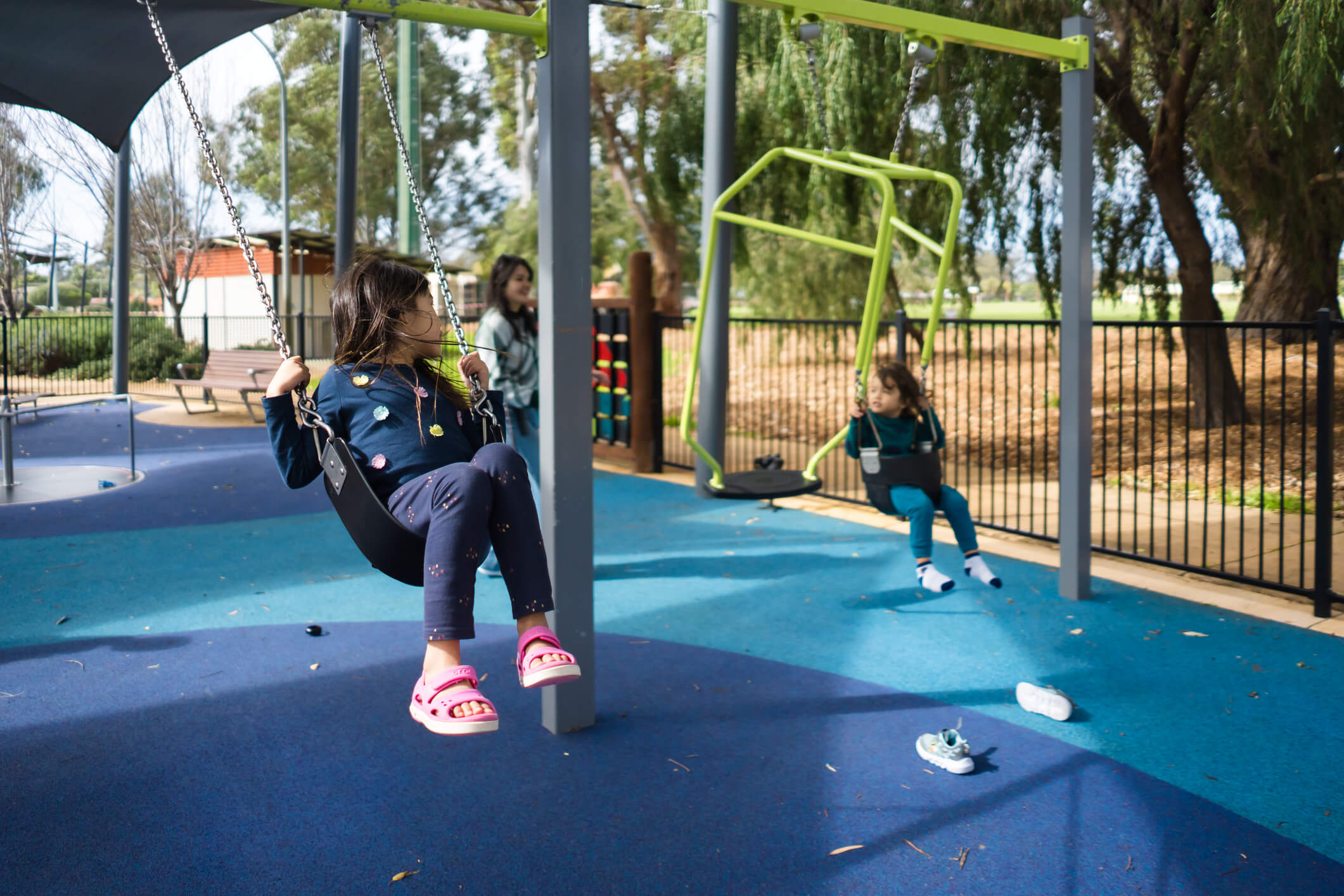DHS South Australia: Building governance into digital change
The Department of Human Services South Australia (DHS) plays a critical role in supporting the state’s most vulnerable communities, particularly women and children at risk of domestic and family violence. Its work has deep social impact, and the accuracy and speed of decisions made can be critical.
In the early stages of the pandemic, DHS accelerated its digital transformation, implementing Microsoft Dynamics 365, Power Platform, and Azure to digitise their approach to critical services.
This led to the deployment of major solutions to support two essential functions: the Family Safety Portal (FSP) and the Referral and Outcome Management System (ROMS). These solutions replaced legacy paper-based processes and enabled real-time, secure collaboration across agencies.

Our work with the Family Safety Portal and ROMS has set a new standard for how technology can be used to protect and support vulnerable communities.
Dr Shikha Sharma | Chief Information Officer, DHS South Australia
These implementations marked a significant leap forward. But DHS knew the job wasn’t finished. With solutions in place and delivering value, the next priority was to make them sustainable and create the ability to replicate.
What happens after go-live?
Like any major transformation, the rollout of Microsoft Dynamics 365 and Power Platform to support FSP and ROMS came with decisions, lessons, and hard-won insights. From data security and access control to solution management and reporting, these weren’t just project tasks to tick off. They were critical IP that needed to be captured and carried forward.
Shikha Sharma, DHS Chief Information Officer, was very clear: “This knowledge needed to be captured, structured, and used to guide what came next. Legacy technology decisions and infrastructure are a challenge for most organisations. Our focus was on making sure today’s decisions don’t become tomorrow’s problems.”
Governance, for DHS, wasn’t about slowing things down or introducing periodic reviews. It was about creating a consistent, always-on framework built into the way they operate every day.
It was about future-proofing their technology strategy and building a shared reference point that would:
- Guide internal teams
- Support consistent delivery
- Help onboard partners and vendors
- Reduce reliance and risk on individual know-how
- Create a best-practice approach others in government could adopt
Designing a framework that fits
With that vision in place, DHS engaged Fusion5 to help co-design an Operating and Governance Framework tailored to their environment. This wasn’t an off-the-shelf product. It had to reflect the specific architecture, tools, and context of the D365 ecosystem they had already invested in.
There were key questions to answer:
- How can we support repeatable Dynamics 365 rollouts?
- Is our data being protected and shared appropriately?
- What does ‘best practice’ look like in our world?
- How do we guide future vendors working with us?
Fusion5 worked closely with the DHS Technology team, Microsoft, and internal subject matter experts across a series of co-design workshops. A shared, transparent approach to collaboration helped surface potential risks early and kept everyone aligned as the framework took shape.
The resulting framework provides structure and clarity across several key domains:
- Common platform architecture – unified design principles, data overlaps, environment structure
- Environment governance – naming conventions, environment lifecycles, stakeholder responsibilities
- Application Lifecycle Management (ALM) – release processes, source control, branching strategies
- Security governance – authentication, encryption, audit logging, incident response
- Data governance – data sovereignty, retention, backup, disaster recovery
- Vendor onboarding – a structured guide for third-party partners working within the DHS framework
Making governance proactive, not reactive
One of the key goals was to create a governance framework that wouldn’t sit on a shelf but instead become embedded in DHS’s architecture and operating approach.
Technology investments often come with a lingering fear: will this become obsolete too quickly? Technology moves fast, and organisations need to be able to move with it.
The framework created for DHS ensures that anyone, whether it’s a system, a person, or a partner, can interact with their platforms using consistent, accurate, and up-to-date information.
This was always Shikha’s aim: “We’ve made governance a priority and made it proactive. When it’s part of how you design and operate, you’re better equipped to make confident decisions and avoid future surprises.”
Partnering through ambiguity
This wasn’t a simple brief with ready-made examples to follow. DHS needed a partner who could help shape clarity from ambiguity.
Fusion5 understood and aligned with the vision. They brought their technical expertise and a willingness to co-create something new.
Dr Shikha Sharma | Chief Information Officer, DHS South Australia
As DHS looks to the future, Shikha is focused on developing and sharing what they’ve learned: “We’re proud of the step change we’ve made and the best way to get further ROI, not just for us but for other departments, is to share that success in a way others can build on.”
By embedding governance into their digital operating model, DHS is showing how public sector innovation can balance bold moves with trusted, lasting outcomes.

CIOs like Shikha Sharma understand that strong governance helps balance innovation with accountability, improve service delivery, and stay compliant. For DHS, establishing a governance framework means they can optimise their low-code journey while protecting public trust and resources.
Peter Zille | Account Manager, Public Sector AI Business Solutions, Microsoft




















